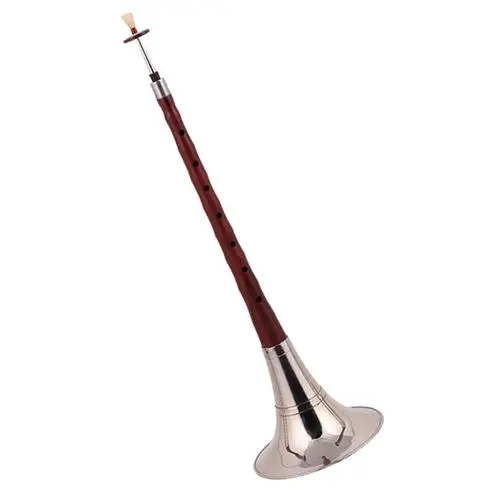What should I do if the suona sound is not allowed? With simple repair method
In order to make their own suona handy, the performer had better be able to repair the suona by himself. For example, the octave relationship is inaccurate or the treble is unstable, etc., there are several reasons:

1. If the core is thin, it is easy to be low; if the core is thick, it is easy to be high. If it is too low, change to a thicker core; if it is too high, change to a thinner core.
But sometimes the high is not all the problem of the core.
2. On the high side, the bore of the suona is too large. On the other hand, it may be because the chamber is too small. Use a fine wood file to make the chamber bigger. Be careful not to over-file. However, it is generally not advisable to move the chamber, and only when it is absolutely necessary.
3. If only one or two tones are inaccurate, this is due to the inaccurate distance between the holes. For the sound hole with high pronunciation, you can plug a little beeswax above the sound hole; for the sound hole with low pronunciation, you can dig a little above the sound hole.
Through the above methods, you should have learned some simple methods of identifying and repairing suonas. Of course, it is best not to judge by intuition.
 渝公网安备 50010702504639号
渝公网安备 50010702504639号